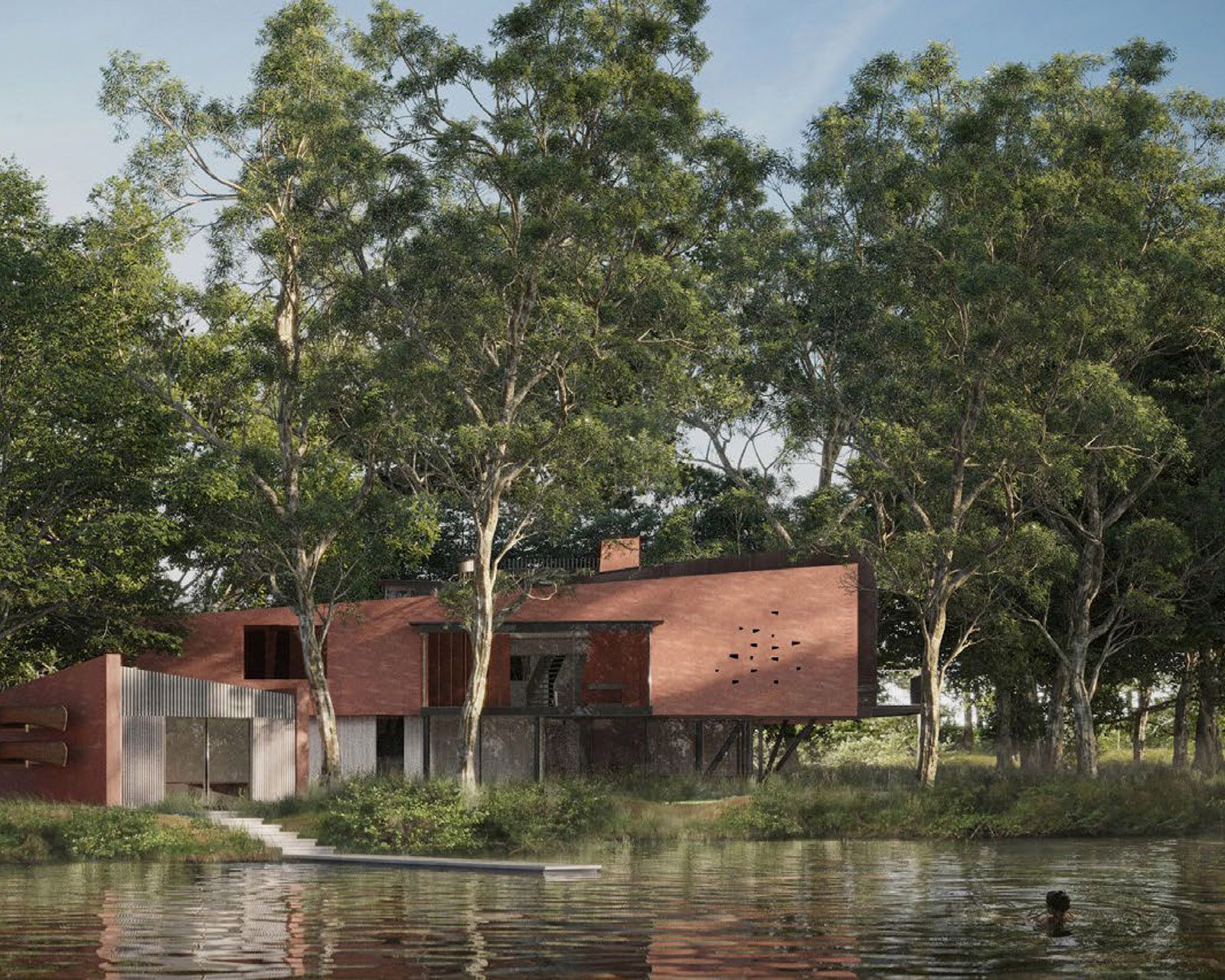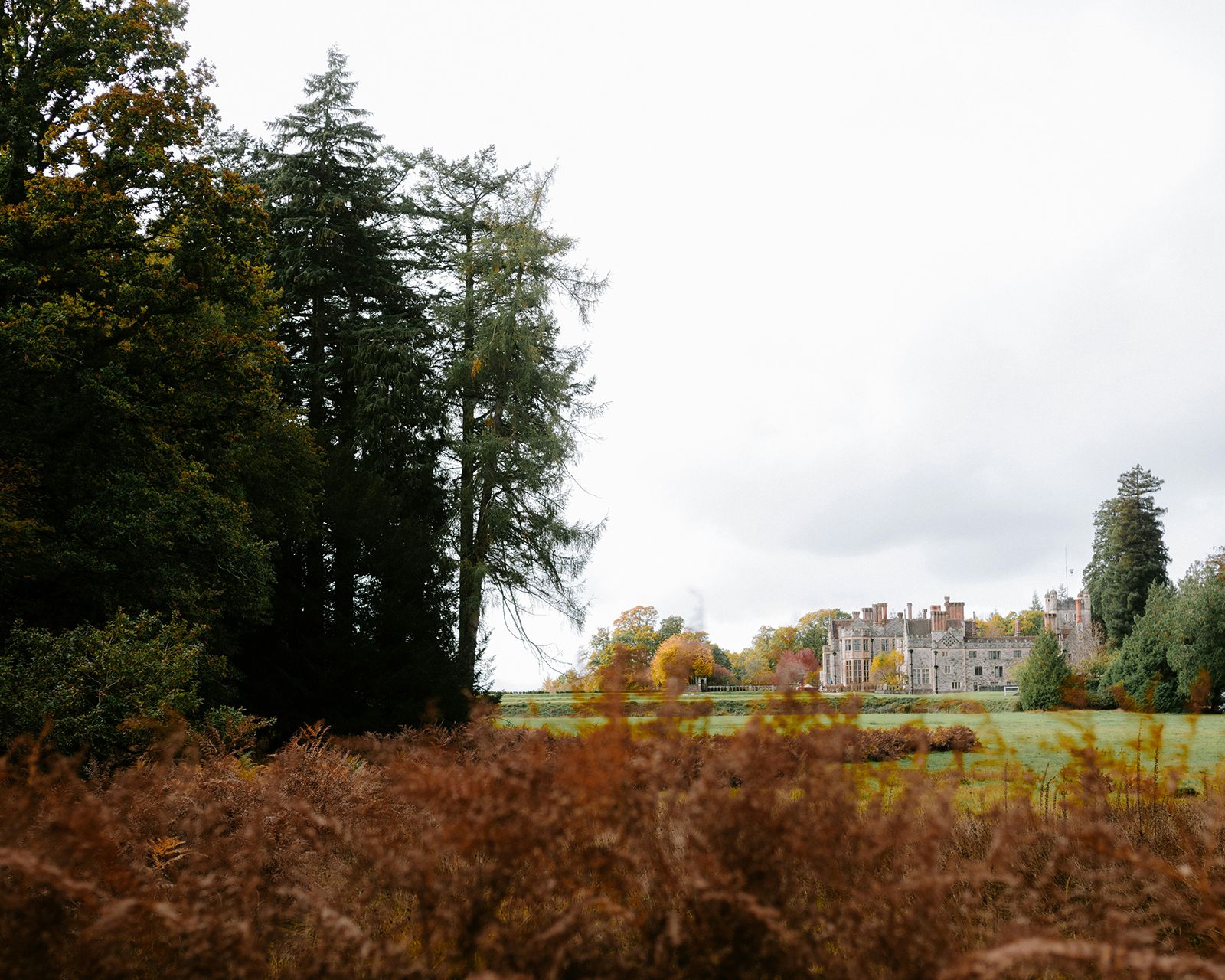The grey belt – opportunity for rural landowners, or just a grey area?
By Lisa Allison | 25.03.25
As part of the raft of changes in planning policy introduced by the Labour Government through revisions to the National Planning Policy Framework (NPPF) designed to boost housebuilding, the concept of ‘grey belt’ land has been introduced as a means of identifying land within the Green Belt that may be suitable for development.

Understanding Green Belt
Green Belt designation accounts for around 12 per cent of England’s total land area, situated around fifteen urban centres, with the aim of controlling sprawl and preserving the countryside.
Development on Green Belt land has been highly restricted in the last seventy years, and while these regulations have been effective in preserving green spaces, they have stifled housebuilding in locations where it would be logical to build close to existing urban centres.
The Government’s focus on unlocking development land to address the housing crisis has led to the introduction of a new planning concept – grey belt land.

The aim of grey belt land
The primary driver behind the new grey belt designation is the recognition that some Green Belt land holds significant potential for housing development and makes a limited contribution to the intended purposes of the Green Belt.
‘Grey belt’ is defined as land that has been previously developed or other land that “does not strongly contribute to the purposes of Green Belt designation” particularly in relation to preventing urban sprawl or preserving historic town settings.
New guidance published in February 2025, requires relevant local authorities to undertake a Green Belt assessment to determine whether there is land suitable for reclassification as grey belt. Although planning decisions are already being influenced by this approach, prior to the formal reclassification of Green Belt land.

What does it mean for landowners?
The introduction of the concept of grey belt could present significant opportunities for those who own land in designated Green Belt areas, where that land may qualify as grey belt. Where land meets the policy tests set out in the NPPF, proposals to build on this land will no longer be considered ‘inappropriate development,’ making it far more likely that planning applications will be approved.
However, it remains an evolving policy that is subject to interpretation. While the policy removes some barriers to development, it will not be an automatic guarantee for planning permission. Development proposals will need to be viable, and every application will need to be assessed to determine whether the development is appropriate. Additionally, applicants will be required to demonstrate evidence of need, such as addressing a housing shortfall or meeting unmet demand for commercial or industrial space.
The ‘grey area’ of grey belt land
As the new grey belt concept beds in, it is likely we will see more applications and appeals, which will continue to refine the evolution of precedents and policies.
While housing delivery at scale is the focus, there will also be opportunities for smaller-scale housing and other types of development. We have already begun to see planning appeal decisions indicate development on grey belt land is being favourably considered.
Examples we have seen include a battery energy storage facility on land that, while not previously developed, was deemed to make a limited contribution to the Green Belt purposes. Another appeal granted permission for two detached dwellings, despite being outside the settlement boundary and having some impact on openness.
For landowners and developers, this period of transition presents both risks and opportunities. Understanding whether a site qualifies as grey belt, demonstrating compliance with NPPF policies, evidencing the need for and appropriateness of proposed development, and navigating the planning system are crucial steps in unlocking potential.

Looking ahead
If you own land within the Green Belt, the evolving grey belt policy could create new development opportunities. Rural Solutions can help assess the feasibility of advancing your land through the planning process, ensuring you make the most of these unprecedented changes in Green Belt policy.
As local authorities consider how they will meet land supply needs for increased housing and other types of development, now is the time to explore the potential of Green Belt land and to determine where there is a case for classification as grey belt to unlock development opportunities and meet local needs.
Get in touch
We help unravel the complexities of the planning system, providing clear advice to address the unique challenges of rural planning. Call us on 01756 797501 or email info@ruralsolutions.co.uk. We would be delighted to have a chat.
Lisa Allison is an Associate Director in the Planning team at Rural Solutions
We are using cookies to give you the best experience on our website. You can find out more about which cookies we are using on our cookie policy.


